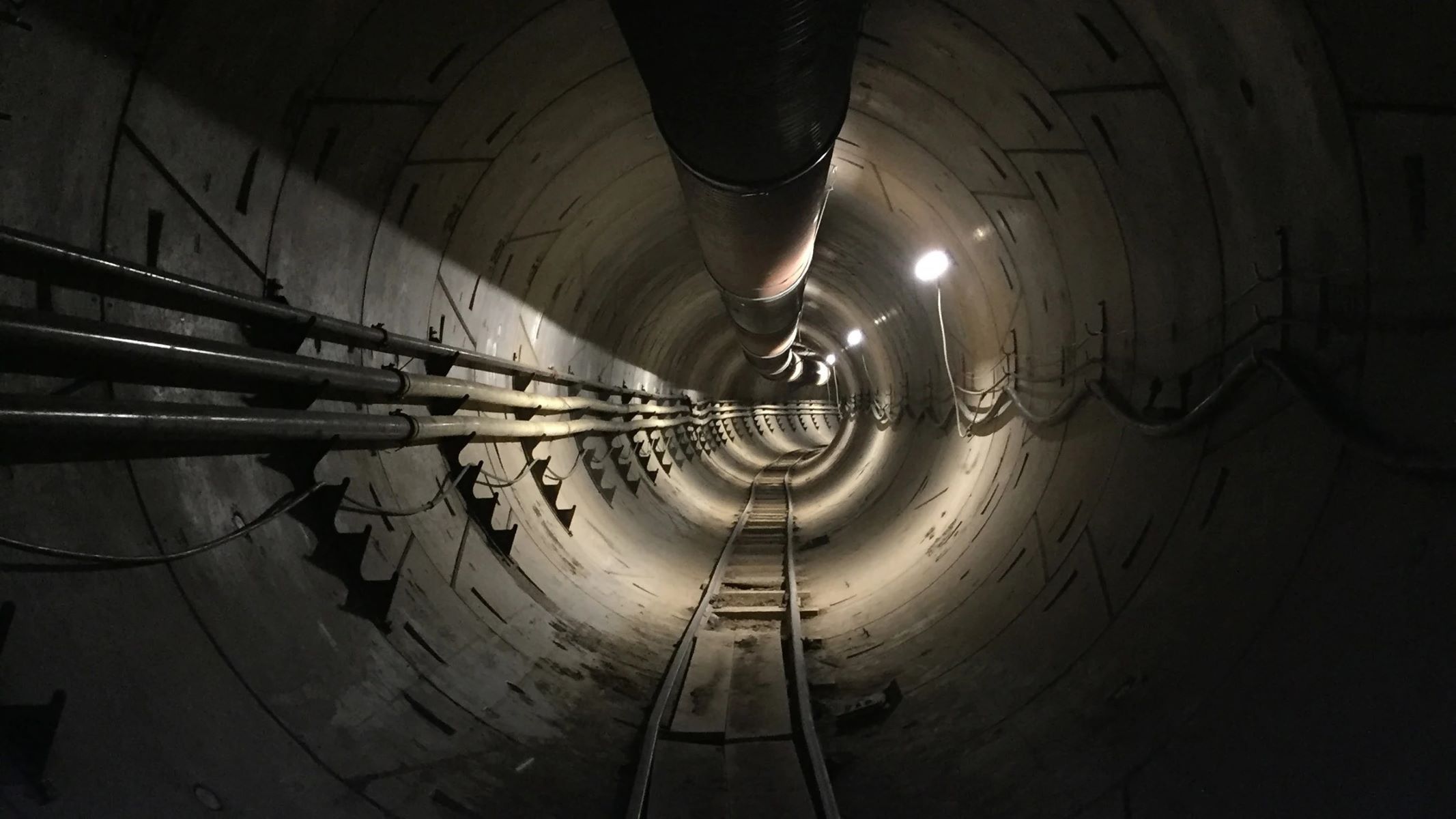Hidden Underground Tunnels Of Washington D.C.

Washington D.C. is famous for its monuments, museums, and political history. But did you know that beneath the bustling streets lies a network of hidden underground tunnels? These tunnels have fascinating stories, from secret government operations to historical escapes. Some were built for practical reasons, like connecting important buildings, while others have more mysterious origins. Exploring these tunnels can give you a unique perspective on the city’s past and present. Whether you're a history buff or just curious, learning about these hidden pathways will add a new layer to your understanding of the nation's capital.
Hidden Underground Tunnels of Washington D.C.
Washington D.C. is known for its iconic monuments and political history, but beneath its surface lies a network of hidden tunnels. These underground passages have fascinating stories and purposes. Let's explore some of the most intriguing tunnels in the nation's capital.
Secret Tunnels of the U.S. Capitol
The U.S. Capitol building is not just a symbol of democracy; it also hides a labyrinth of tunnels used by lawmakers and staff.
Capitol Subway System
This underground train system connects the Capitol to various congressional office buildings. It allows quick and secure travel for members of Congress.Senate Underground Garage
Beneath the Senate office buildings, this garage provides parking and a discreet way for senators to enter the Capitol.Old Brick Tunnel
Dating back to the 19th century, this tunnel once connected the Capitol to the Library of Congress. It was used to transport books and documents.
Mysterious Tunnels of the White House
The White House, home to the President, also has its share of secret tunnels designed for security and convenience.
Presidential Emergency Operations Center (PEOC)
Located beneath the East Wing, this bunker serves as a secure command center for the President during emergencies.Tunnel to the Treasury Building
This passage allows the President to move between the White House and the Treasury Building without being seen.West Wing Tunnel
Connecting the West Wing to the East Wing, this tunnel provides a secure route for staff and the President.
Historical Tunnels of Georgetown
Georgetown, one of D.C.'s oldest neighborhoods, has tunnels with rich histories and legends.
C&O Canal Tunnels
These tunnels were part of the Chesapeake and Ohio Canal, used to transport goods in the 19th century. They now serve as historical landmarks.Heurich House Brewery Tunnels
Built by Christian Heurich, these tunnels were used to store beer brewed at his mansion. They are now part of the Heurich House Museum.Georgetown University Tunnels
A network of tunnels beneath the university connects various buildings. They were used for heating and utility purposes.
Government Tunnels of Dupont Circle
Dupont Circle, a bustling area in D.C., hides tunnels that played significant roles during different periods.
Dupont Underground
Originally a streetcar station, this tunnel system was abandoned and later repurposed for art exhibitions and events.Q Street Tunnel
Built for streetcars, this tunnel now serves as a pedestrian passage and is part of the city's historical infrastructure.Embassy Row Tunnels
These tunnels connect several embassies along Massachusetts Avenue, providing secure and private access for diplomats.
Military Tunnels of Fort McNair
Fort McNair, a military post in D.C., has tunnels with strategic importance.
Fort McNair Tunnels
These tunnels were used for moving troops and supplies discreetly within the fort. They remain part of the military infrastructure.Washington Navy Yard Tunnels
Connecting various buildings within the Navy Yard, these tunnels were essential for naval operations and logistics.Anacostia Naval Station Tunnels
Used during World War II, these tunnels facilitated the movement of personnel and equipment. They are now part of the historical record.
Washington D.C.'s underground tunnels offer a glimpse into the city's hidden past and present. Each tunnel has its own story, reflecting the diverse history and functions of the nation's capital.
Discovering D.C.'s Hidden Tunnels
Washington D.C.'s underground tunnels offer a unique glimpse into the city's history. From secret passages beneath the Capitol to the intricate network under Dupont Circle, these tunnels tell stories of politics, espionage, and urban development. Exploring these hidden pathways reveals a side of D.C. that many overlook.
Whether you're a history buff or just curious, these tunnels provide an exciting adventure. Remember to check for guided tours or special events that might grant access to these usually off-limits areas.
Next time you're in D.C., take a moment to think about the hidden world beneath your feet. It adds a whole new layer to your understanding of the nation's capital. So, lace up your walking shoes and get ready to uncover the secrets lying just below the surface.

